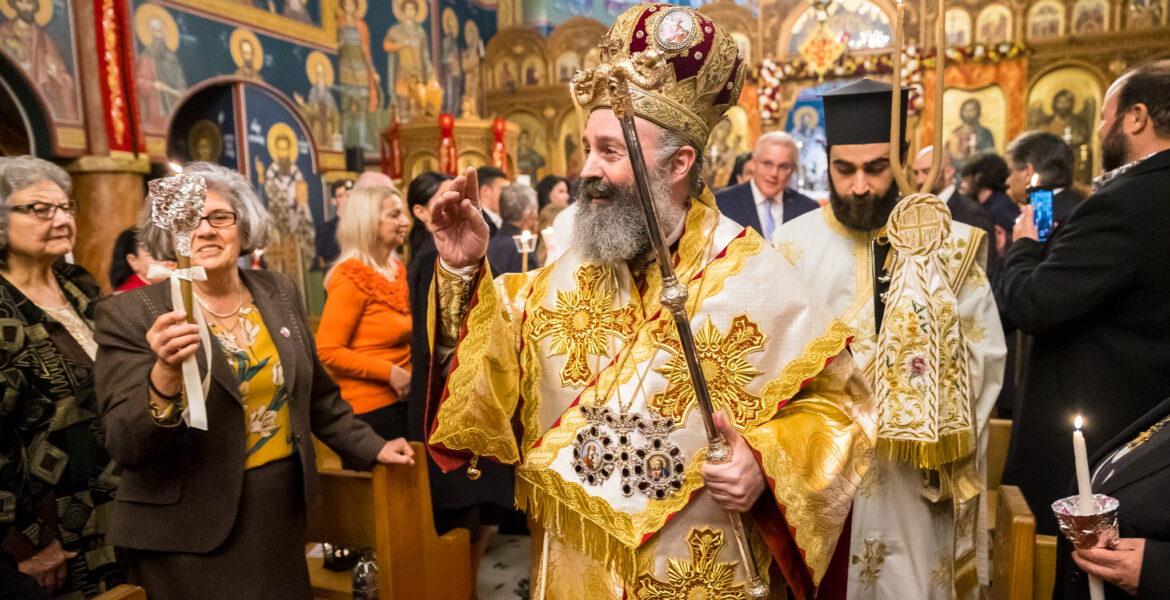The significant gap between the Catholic and Orthodox Easter celebrations this year is due to the differences in the calendars and traditions followed by the two Christian traditions.
“Most years, the difference between the two Easters is just a week apart. In some years, they are even celebrated on the same day, as will be the case in 2024,” explained Rev. Dr. Demetrios Tonias, the director of the undergraduate program of theology at Hellenic College in Brookline. “But in 2024, the two Easters are separated by over a month.”
The reason for this disparity dates back to the 16th century, when the Western Church stopped following the tradition of Easter being celebrated after Passover. While the Catholic Church follows the Gregorian calendar, the Orthodox Christians base their Easter celebration on the first Sunday after Passover, after the vernal equinox, using the spring lunar calendar.
“It’s different every year because of the phases of the moon in relation to the calendar,” Tonias said.
This divergence in the calendars used by the two Christian traditions is the primary driver behind the significant gap in their Easter celebrations this year.
Beyond the date differences, the Eastern Orthodox Christians also have unique traditions that they observe during the week leading up to Easter, including coloring eggs red, getting anointed with holy oil, and participating in a Good Friday evening procession carrying an embroidered cloth of Christ’s body in a wooden tomb.
The Orthodox Church also has a distinct focus on the Resurrection, while the Catholic Church emphasizes the cross and the suffering of Christ.
“We focus on the Resurrection,” Tonias said, in contrast to the Catholic approach.
Rev. Athanasios Nenes, of the Taxiarchae Archangels Greek Orthodox Church in Watertown, provided further details on these distinctive Eastern Orthodox traditions and their meanings.
As the Eastern Orthodox Christians prepare to celebrate the Resurrection of Christ on May 5, their traditions and beliefs continue to set them apart from their Catholic counterparts, despite their shared Christian faith.

